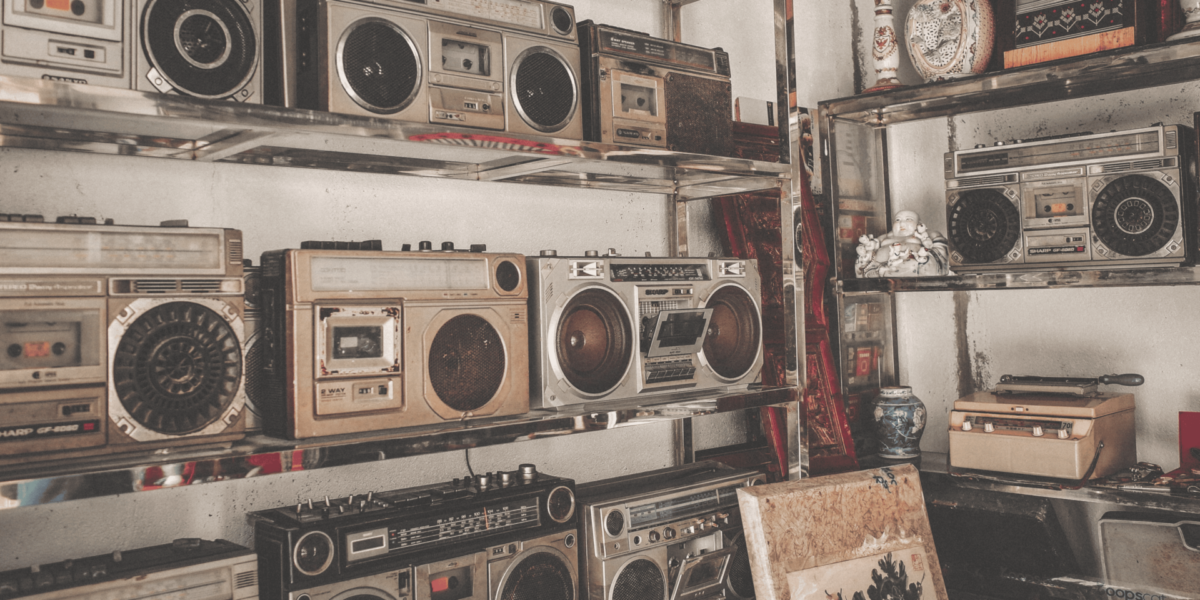Nostalgia plays a growing role in how technology looks and feels. Designers use familiar visual elements, sounds, and interaction styles to create a connection with the past. These choices help users feel more at ease with modern tools by linking them to earlier, often simpler, experiences.
The emotional pull of nostalgia makes people more receptive to technology. When an interface includes retro features like film grain, pixel fonts, or analog-inspired controls, it triggers a response rooted in memory. This emotional bond enhances trust and improves the user experience.
Familiar Visuals Encourage Faster User Adoption
When a digital product includes design cues from the past, users adapt more quickly. Familiar layouts, colors, and textures reduce the learning curve. They make new tools feel like old favorites, even if the functions have changed completely.
This strategy works because users recognize the pattern. A slider that resembles a volume knob or a menu that mimics a cassette player provides instant orientation. These visuals are more than stylistic—they guide behavior and speed up onboarding.
Retro Design Triggers Memory Through Detail
Designers often pull from specific eras to trigger emotional responses. Rounded corners, lo-fi audio cues, or vintage color palettes suggest a time or place tied to personal memory. These details help users recall how they interacted with older technologies and connect those experiences to new platforms.
This process forms what’s known as a “memory loop.” A user sees a familiar feature, recalls a past interaction, and applies that memory to understand the current tool. This loop builds comfort and confidence, increasing the chance of ongoing engagement.
Nostalgia Supports Brand Differentiation in a Crowded Market
As more digital tools enter the marketplace, design becomes a key way to stand out. Nostalgic elements give brands a unique identity. They offer a sense of character in contrast to the clean, flat aesthetics of modern minimalism.
By including references to retro formats—like VHS labels, early web textures, or console graphics—brands set a specific tone. This tone attracts users who value personality, history, and emotional warmth in their interactions with technology.
Emotional Design Drives Long-Term User Retention
Products that evoke emotion often enjoy higher user loyalty. Nostalgia is a strong emotional driver, especially when combined with reliable functionality. When users feel something during their interaction—such as comfort, recognition, or joy—they’re more likely to return.
This emotional response creates a memory. Over time, users associate the product not just with what it does, but with how it made them feel. That memory becomes part of the user’s relationship with the technology, making nostalgia a tool for building lasting retention.
Simulated Analog Elements Offer Tactile Memory Cues
While modern devices rely on touchscreens, designers often use visual tricks to simulate physical controls. These simulated elements—like dials, switches, or textured surfaces—draw from older tools that had distinct tactile responses.
Users don’t need to touch a real knob to remember how it works. The visual cue is often enough. That memory translates into confidence and clarity in digital spaces. Even without true touch feedback, these simulated forms give users a sense of control grounded in past experiences.
Sound Design Reinforces Nostalgic Interaction
Audio also plays a powerful role in memory-based design. Clicks, static, reverb, and other lo-fi sounds evoke older technology. These cues help users navigate digital environments by reinforcing action through sound.
Sound connects directly to memory. A familiar tone can prompt recognition faster than a visual cue. When a user hears a sound that matches their expectations, it strengthens the memory loop and improves overall responsiveness.
Cultural Memory Shapes Collective Tech Expectations
Nostalgia in tech design doesn’t rely only on personal memory—it also draws from shared cultural moments. Designers tap into these collective memories to build a common understanding across different users.
References to old operating systems, gaming consoles, or typewriters create shared experiences. These cues offer common ground in how users interpret and engage with a product. They turn design into a social language, allowing tech to feel more inclusive and human.
Nostalgic Design Balances Emotion With Innovation
Effective use of nostalgia in tech design requires balance. If a product leans too far into the past, it may feel outdated. But if it blends retro features with modern functionality, it creates a layered experience that respects memory while embracing progress.
This balance allows users to feel grounded while exploring new tools. Designers can honor familiar structures while still pushing boundaries. Nostalgia becomes a creative anchor that keeps innovation human-centered and emotionally accessible.
Memory Loops Improve Trust in New Technology
New technology often creates hesitation. Users worry about complexity, unfamiliar controls, or lack of clarity. Nostalgic design reduces that hesitation by linking new tools to old knowledge. This memory loop builds trust by making technology feel less foreign.
Trust accelerates adoption. When users feel safe with a product, they explore more freely. Nostalgia helps create that feeling by pulling from sensory memory—what something looked like, sounded like, or felt like—and applying it to new contexts.
Designing for Memory in the Digital Age
Nostalgia shapes the way we interact with technology. It brings the past into the present, not as a trend, but as a design strategy rooted in emotion and memory. When used with intention, nostalgic cues create more accessible, relatable, and lasting digital experiences.
Designers who understand the power of memory loops can build tools that connect deeply with users. These connections aren’t just visual—they are emotional and functional, grounded in the shared history of how we once engaged with analog devices. In a fast-changing digital world, nostalgia helps us move forward while still feeling at home.
